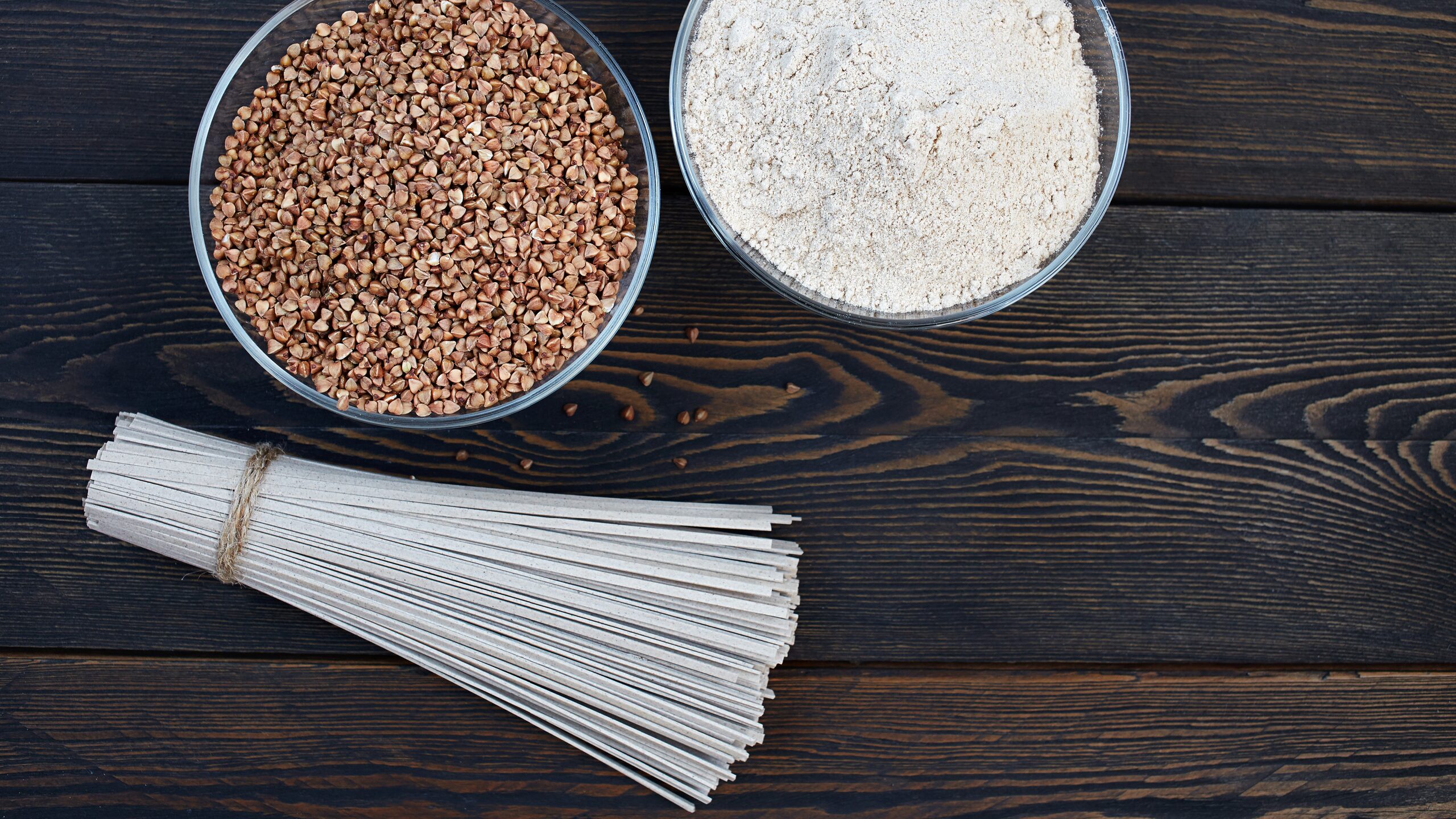Source: Japan Buckwheat millers association. Japan Federation of Drynoodle Manufacturers Associations, Martner Japan market research
The history of buckwheat in Japan dates back to 794.
Now is the season for Shin-soba, featuring fresh buckwheat. Shin-soba is typically available from late October to mid-November. While the exact timing of the arrival of new buckwheat flour may vary from store to store, during this period, you’ll notice signs in front of stores indicating the availability of “Shin-soba” (new buckwheat noodles). Today, we will talk about buckwheat which have lots of benefits and history in japan.
- Origin: Buckwheat is believed to have been introduced to Japan from China around the 7th century, undergoing unique development in Japan.
- Heian Period: During the Heian period (794-1185), buckwheat became widely consumed among the aristocracy. It was cultivated and consumed mainly in temples, considered sacred places.
- Edo Period: In the Edo period (1603-1868), buckwheat became a staple for the common people. Edo (modern-day Tokyo) particularly flourished with a vibrant buckwheat culture, hosting numerous soba shops.
- Rise of Handmade Soba: In the late Edo period, handmade soba gained popularity. Soba craftsmen would knead and prepare the dough on-site, offering immediate service.
- Modern Times: In contemporary Japan, soba is a commonly enjoyed food, with numerous soba shops and soba products available.
Global Recognition of Soba:
Buckwheat has garnered global attention due to health consciousness, culinary diversity, and its nutritional richness.
Beyond Japan, buckwheat is consumed worldwide in various forms. In France, it takes the form of “galette” (thinly cooked buckwheat dough). In India and Nepal, it is an ingredient in unleavened bread such as “roti,” “chapati,” and “naan.” In Russia and Ukraine, it is cherished as “kasha,” a buckwheat porridge. In recent years, the U.S. has shown interest in buckwheat as a health food, appreciating its gluten-free nature, low-calorie content, and rich vitamin profile.
Nutritional Highlights:
Buckwheat is renowned for being high in protein, vitamins, and dietary fiber. The provided tables showcase the basic nutritional components, amino acid composition, minerals, and vitamin content of buckwheat flour (whole grain), wheat flour (medium-strength), and rice (white).
These tables emphasize buckwheat’s richness in protein, vitamins, and dietary fiber, making it a notable and nutritious food source.
Retailers assortment
Supermarkets provide a wide array of soba products, ranging from fresh to processed items, making it convenient for consumers to explore and enjoy different soba dishes. The product selection may vary based on regions and seasons, offering a diverse and rich experience for soba enthusiasts. Some examples are ;
1. Soba Dried Noodles:
Supermarkets offer a diverse range of soba dried noodles. These come in various thicknesses and shapes, commonly used to make dishes like kake soba and tsuke soba.
2. Frozen Soba Meals:
In the frozen food section, you’ll find frozen soba meals. Products like frozen soba udon or frozen tempura soba provide quick and easy options for a satisfying meal.
Soba Ready-to-Eat Meals in Deli Section:
3. The deli section often features ready-to-eat soba meals. Soba salads, zaru soba, and tempura soba are popular choices for those looking for a quick and convenient meal option.
4. Regional Specialty Soba Products:
Supermarkets also showcase regional specialty soba products. Soba items produced in specific regions or traditional soba dishes from various areas are often highlighted, allowing customers to explore local flavors.



Nissin Brand launch new buckwheat noodles with special duck oil flavor. There is a Japanese New Year’s Eve tradition where people eat soba noodles to symbolize letting go of the old year’s challenges and welcoming the new year with resilience and a fresh start. The long noodles represent longevity and renewal.
This new product will fit this season with more premium ingredient and gorgeous Packaging.
Noodles: Thicker and chewier than regular “Nissin Donbei Duck Dashi Soba,” featuring “thick soba” for a satisfying texture.
Broth: A duck-based broth with a rich soy sauce base, enhanced with the umami of duck and depth of flavor from aged soy sauce.
Ingredients: Larger than the usual “tsukune” used in “Nissin Donbei Duck Dashi Soba,” offering a flavor reminiscent of charcoal-grilled with the “savory tsukune” and green onions.
Additional Component: “Special Duck Oil” to add the sweetness of duck to the broth. Enhances the richness and depth of flavors.
| Product Name | Nissin’s Strongest Donbei Duck Dashi Soba |
|---|---|
| Contents | 103g (Noodles: 66g) |
| Packaging | cup |
| Suggested Retail Price | 280 yen (per serving, excluding tax) |
| Release Date | December 4, 2023 (Monday) |
| Release Region | Nationwide in Japan |

